Our most read features and reviews of 2018.

1. Living Beyond Tragedy, by Lee Francis
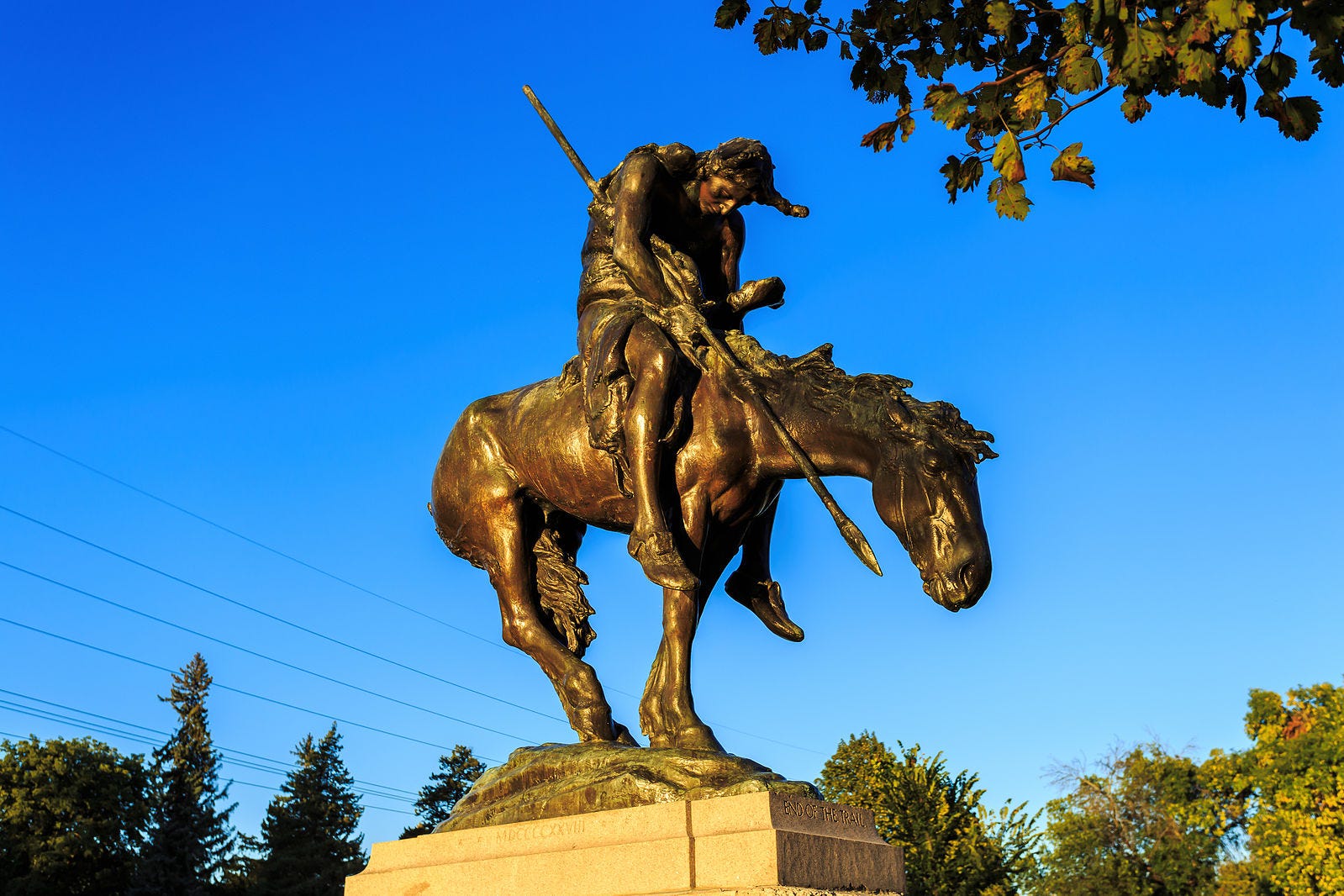
“Living beyond tragedy ultimately means we must refuse to go unimagined. Or rather, we allow ourselves the space to imagine and reimagine our existence, our communities, our identity as vibrant and dynamic, as adaptive and joyful, as determined and creative. As Indigenous peoples, we have survived and thrived and we will for years to come.”
2. Poems of Self-Witness, by Stevie Edwards
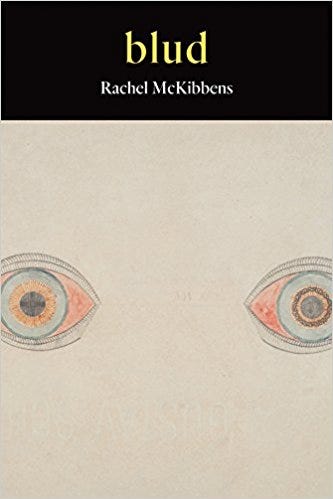
“It strikes me that McKibbens is not confessing anything. There is no quest for absolution from any god or priest, or random person reading her book on the subway. Instead, there is a bold assertion of what the speaker’s world is like, a world that is in many ways unkind and harmful to women, a world that is haunted by fears about what traits are inherited from parents, that includes mental illness, that includes abuse, that includes shame over ethnicity, that includes trying to find a path forward despite it all. Perhaps it would be more accurate to call these poems of self-witness (rather than poems of confession).”
3. “FUCK beauty tbh”: Tommy Pico, interviewed by Noa/h Fields
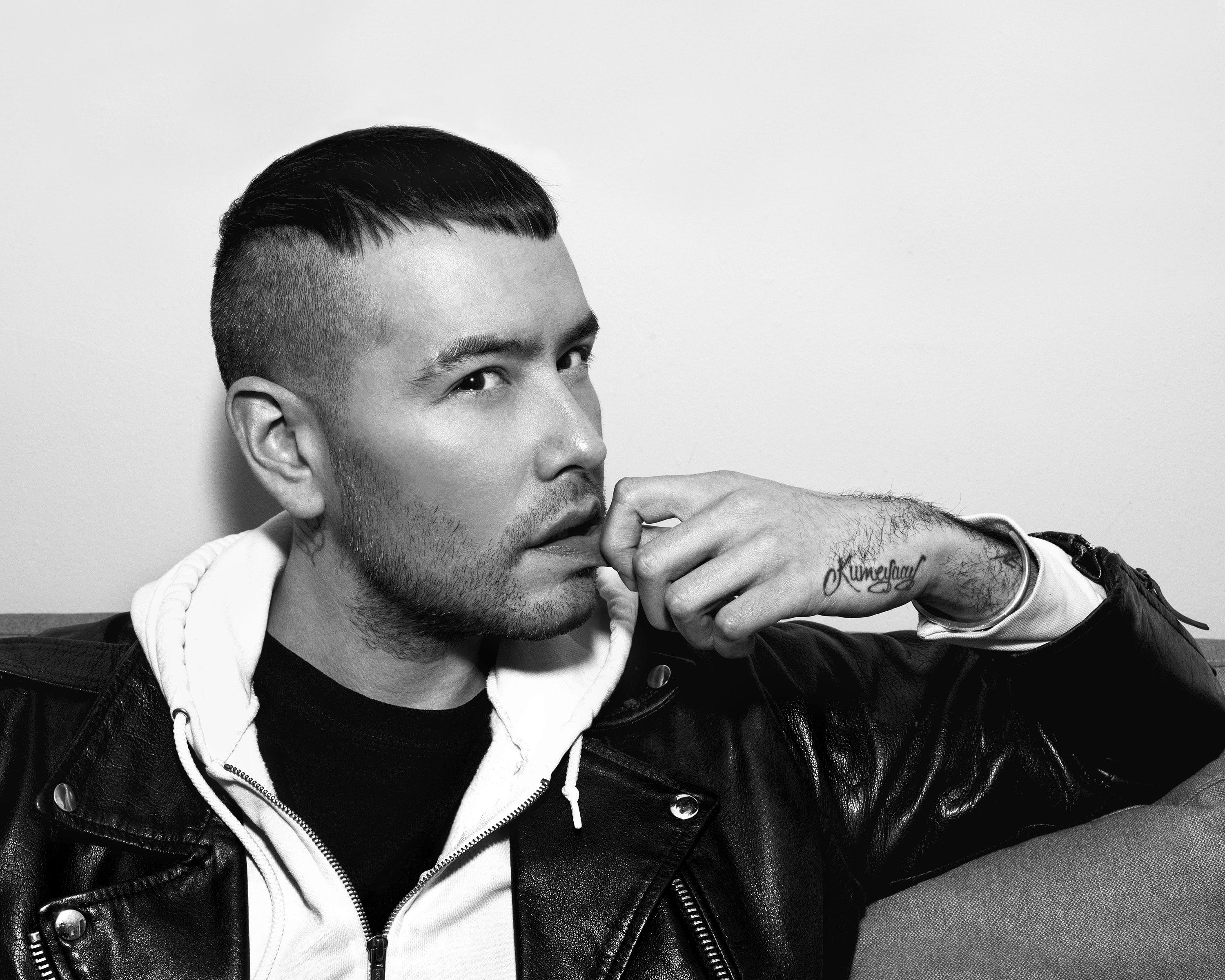
“One of the things that attracted me to ‘junk,’ just from a purely linguistic consideration, is just how elastic that word is. ‘Junk’ has so many meanings and connotations that it let so much of the world into the work, which is essential to a long poem. Also, FUCK beauty tbh. I’m interested in the ruptures, in the ugly, in the mess. I wanted to redeem and give value to the stuff that most people overlook. Also I like dick.”
Read the full interview, here.
4. Celebrating Autistic Writers and Publishers, by Sarah Clark
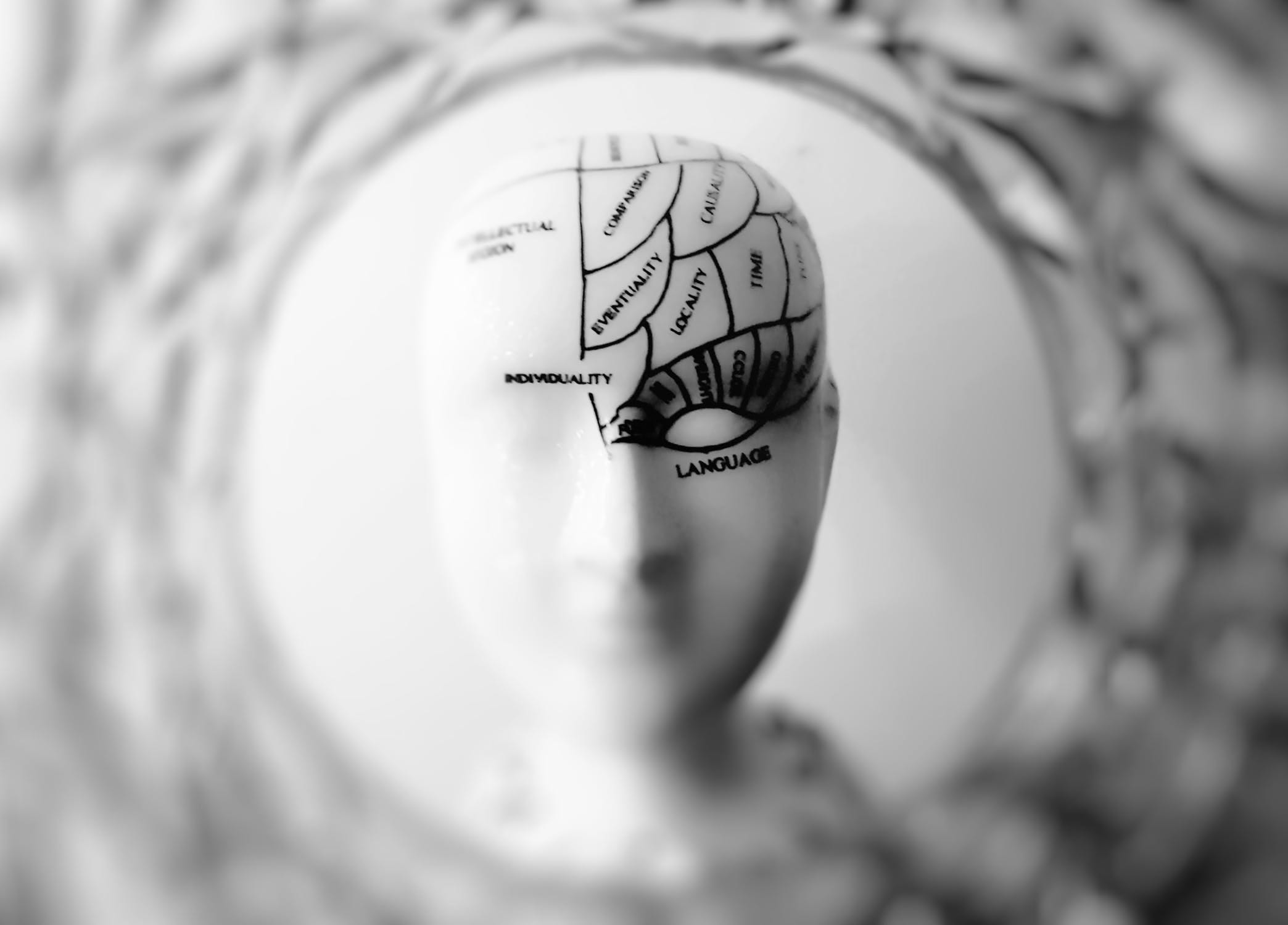
“Depending on who you ask, April is Autism Awareness Month or Autism Acceptance Month — but curiously (not like incidents with dogs in the night-time, though) April is never called Autism Pride Month.
Autistics, like myself, have gained a surge in visibility — at least, in theory. From Benedict Cumberbatch’s titular Sherlock (let’s be real, any media incarnation of Holmes, from Elementary to House, eventually gets aut-baited) to The Good Doctor. New York Times Best-Seller books are written about us — though rarely, by us. Often, the best-selling titles are written by parents or caretakers, who seek to ‘give us a voice.’”
5. Native Women Personify Ass-kicking, by Katharine Coldiron
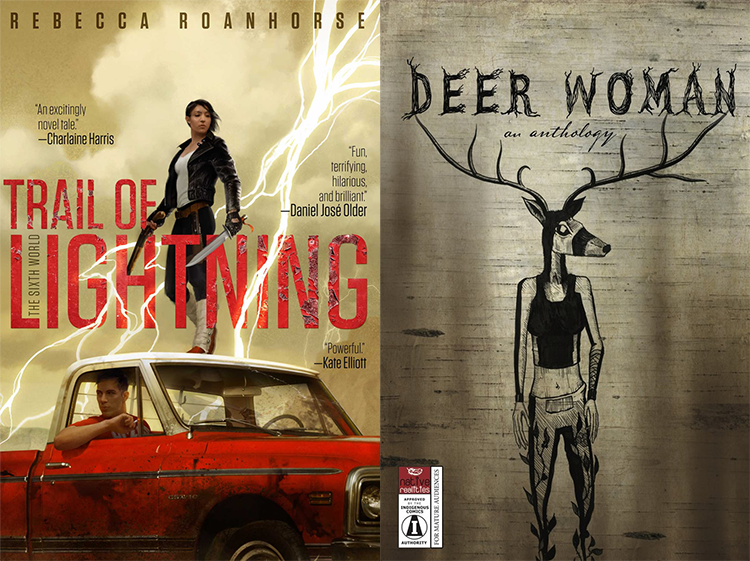
“Seeking lessons in how to be a badass? Two books by and about Native women offer detailed assistance: Trail of Lightning, the first book in a new fantasy series by Rebecca Roanhorse, and Deer Woman, an anthology of graphic stories edited by Guggenheim Fellow Elizabeth LaPensée and indie comic artist Weshoyot Alvitre. Lightning is set to be released in June by Saga Press, an imprint of Simon & Schuster, while Deer Woman was assembled by Native Realities, as independent a press as they come. These two books have very different aesthetics, but they share an iron spine: the power of Native women to persevere, and to endure.”
Read the review in full, here.
6. Why I Write Under a Pen Name, by Kawika Guillermo

“Writers say they write under pseudonyms to free their writing. But when I write as Kawika I am not free — I feel the burden of history, the weight of unrequited pasts. Kawika becomes not a person but a ghost, taunting me in a cynical voice, ‘you’re a fake, this name means nothing to you, you are a plastic glossy face, a cardboard cutout, an empty house.’ But this ghost comes from the future as much as it does the past. And it does not always mean me harm.”
Read the feature in full, here.
7. The Dancing-Sexing Body, by Anh Vo
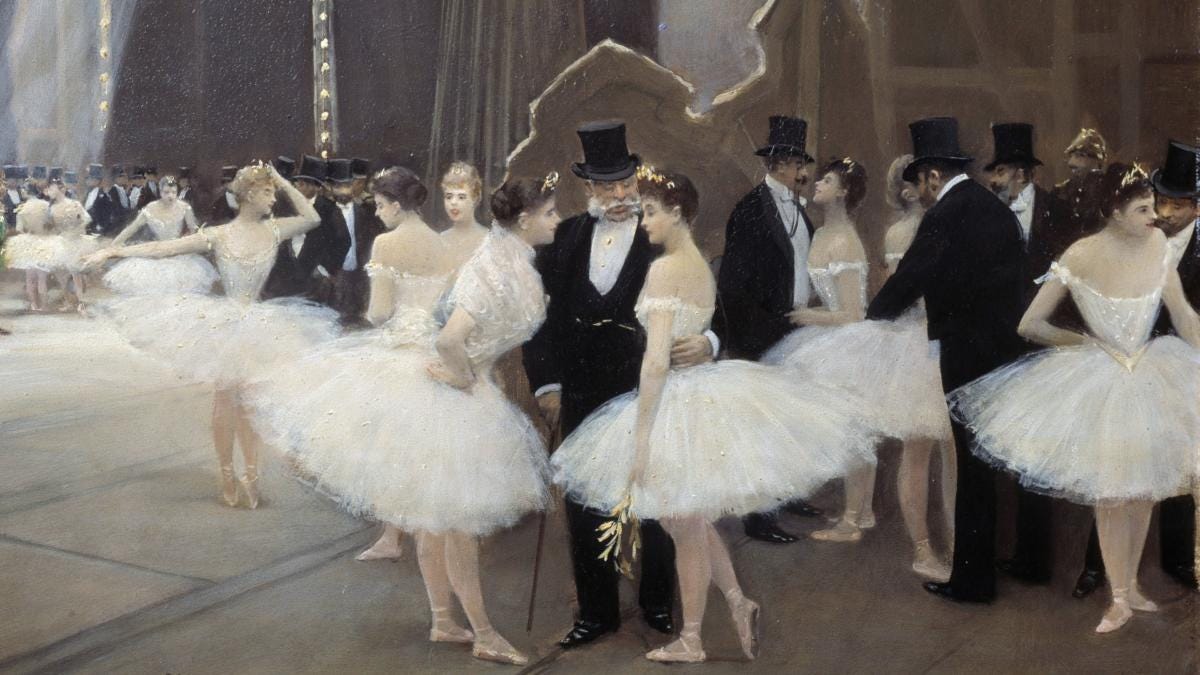
“The dancing-sexing body terrorizes the fantasy of an asexual beauty that the concert dancing body aspires to. The concert dancing body purges itself of sex, of the mundane, of the fleshy, and literally of flesh, in order to attain the precarious status of (white) Art, that which is classy, sublime, pure, and innocent. The concert dancing body does not want to be associated with its shameful sibling, the sexing body.”
Read the feature in full, here.
8. “Born in the wrong environs”: Amanda Lee Koe and The Inequality of Love and Labor, reviewed by Arin Alycia Fong
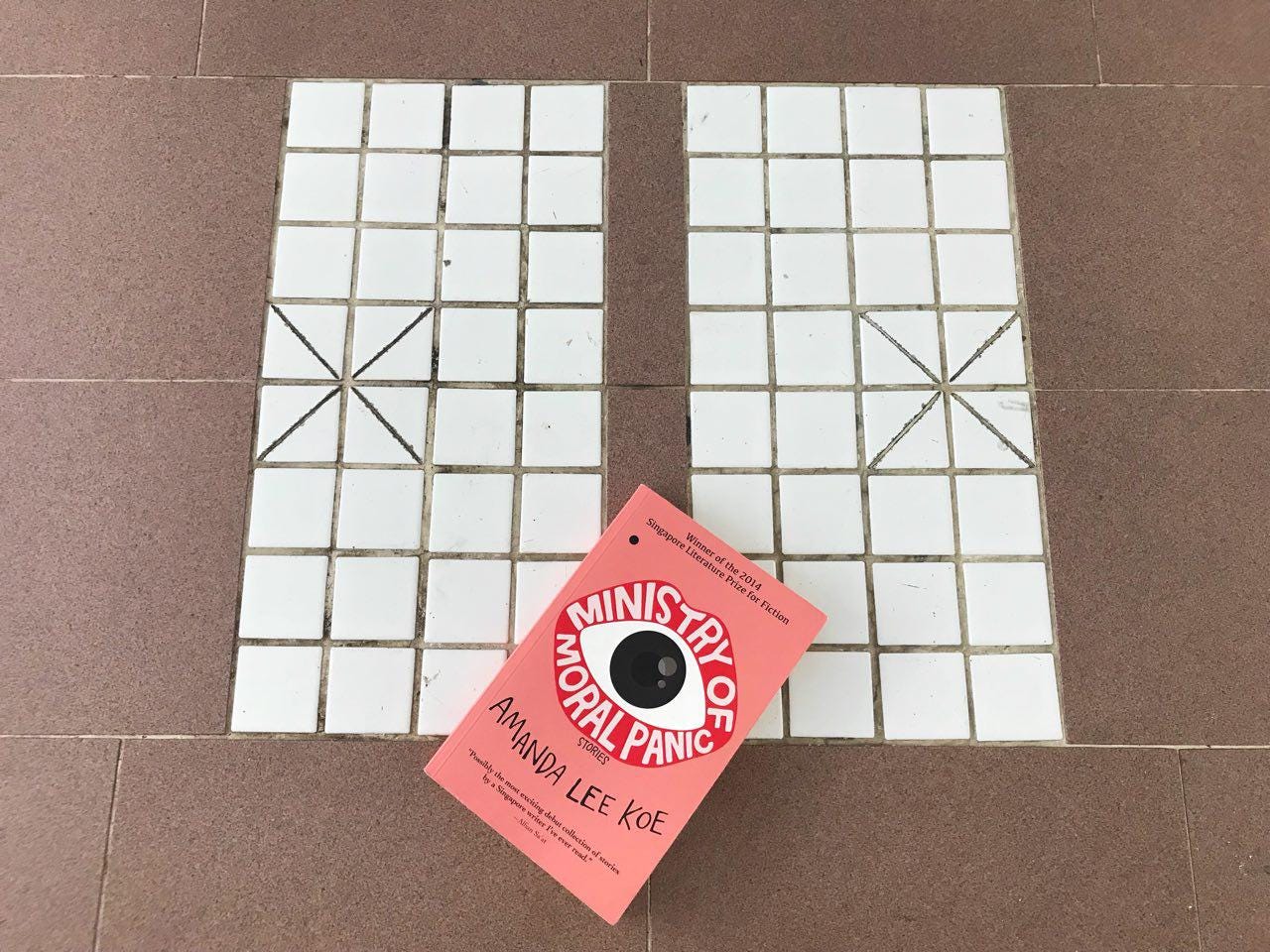
“The myth of self-reliance — not unlike neoliberal cultural rhetoric that co-opts social movements, that stresses self-optimization while ignoring socioeconomic inequalities — obscures the fact that the terms of social membership are often class-inflected and gendered. We forget that we gain self-reliance by depending on others who cannot afford it.
Subjugation is shaped by geography, gender, cultural backgrounds, position on the social hierarchy, and most importantly, language.”
Read the review in full, here.
9. The Materiality of Queer Loss, by Anh Vo

“Loss presents an opportunity to embrace another way of relating to the past, to enact a spiritual circulation of queer traces that is rendered unthinkable in the straight mapping of History — a map which reproduces and reinforces the exclusive legitimacy of material evidence and fact. If our queer predecessors were never allowed to leave an imprint in History with a capital H, if there is little to no evidence to be found of queerness in the heterosexual archive, it does not mean that we have no history: the history we inherit is a history of loss, comprised of fragmentary traces, incomplete hearsay, indeterminate gestures and ephemera.”
Read the review in full, here.
10. The Poet wears Hearing Aids, by Noa/h Fields
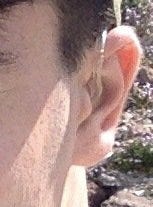
“Accessibility is often a concern for me as I attend readings and performances. I depend on being able to read people’s lips as they speak. If the poet whispers or turns away from the microphone, or if someone in front of me blocks my view of the poet’s mouth, or if there is any interfering noise, then my effort to understand feels almost Herculean. In such circumstances, it’s all too easy for me to tune out and just pretend I’m following along even as I’m missing everything. It’s moments like this when I desperately wish there were a captions feature for everyday life.”
Read the feature in full, here.
Anomaly’s Year in Review was originally published in Anomaly on Medium, where people are continuing the conversation by highlighting and responding to this story.
